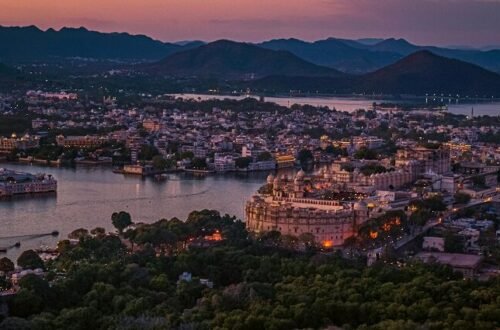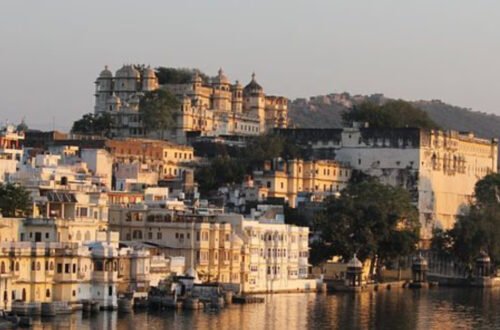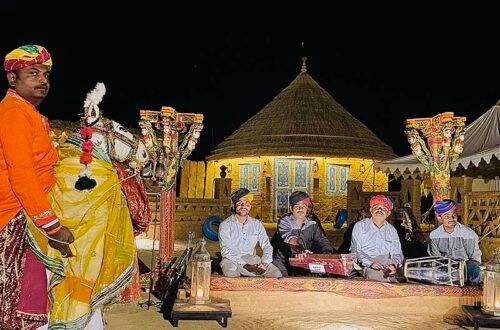Planning a vacation to Jaisalmer can be a deeply enriching experience, especially when you time your visit just right. Known as the “Golden City” of Rajasthan, Jaisalmer draws travelers year-round with its magnificent sandstone architecture, desert adventures, and warm hospitality. But when it comes to truly enjoying the city’s unique offerings—ranging from forts to cultural festivals—the timing of your trip plays a vital role. Whether you’re looking for immersive heritage tours, culinary experiences, or thrilling Adventure Activities in Jaisalmer, understanding the seasonal nuances will help you make the most of your journey.
Why Timing Matters in Jaisalmer
Jaisalmer’s desert climate is extreme. Summers can soar beyond 45°C (113°F), while winters are pleasant and cool. Choosing the right time can determine not only your comfort but also the availability of local experiences. From the soft winter breezes that sweep through the Thar Desert to the vibrant color of local fairs, each season paints a distinct picture of the city.
Best Time to Visit: October to March
The winter months from October to March are widely regarded as the best time to visit Jaisalmer. With temperatures ranging between 10°C to 27°C, these months offer a comfortable climate for sightseeing, desert safaris, and cultural exploration. This period also coincides with the famous Desert Festival held in February, which celebrates Rajasthan’s folk traditions through dance, music, and camel races. It’s the ideal window for those seeking a wholesome and authentic Rajasthani experience.
Summer Season: April to June
Summers in Jaisalmer are harsh and not recommended for the average traveler. The daytime heat can be intense and exhausting, limiting your outdoor plans. However, if you are a traveler who thrives on solitude and budget travel, summer might work for you. With fewer tourists around, you can explore the city’s majestic sites like Jaisalmer Fort and Patwon Ki Haveli in relative peace. Be sure to stay hydrated and wear protective clothing if you choose this period.
Monsoon Season: July to September
Although Jaisalmer receives minimal rainfall, the monsoon months bring a subtle transformation to the arid landscape. This offbeat season is ideal for photographers and travelers interested in desert ecology. The rare greenery in the Thar Desert and occasional rain-kissed fort walls offer a unique visual contrast. Hotel rates are also relatively lower, and many properties offer attractive packages. If you’re considering an extended cultural retreat or remote work experience, monsoon can be a surprisingly appealing option.
Event-Based Planning for Travelers
Jaisalmer hosts several festivals and events that can be a central part of your trip. Besides the Desert Festival in February, events like Teej and Diwali bring a surge of local color, rituals, and festive energy. Planning your trip around such cultural milestones can deepen your connection with the city’s traditions and people.
Midweek Travel and Off-Peak Advantages
If your schedule is flexible, consider midweek travel during the peak season. This allows you to enjoy the same attractions without the weekend crowds. Also, booking accommodations during the shoulder months (early October or late March) offers a blend of favorable weather and fewer tourists. For those looking to Book Hotel in Jaisalmer, this strategy often yields better rates and availability.
Accommodation Strategy: Where You Stay Matters
Jaisalmer’s charm extends into its hospitality sector. Whether you prefer luxurious desert camps, boutique havelis, or eco-friendly resorts, your accommodation can shape your experience. Proximity to key attractions, on-site cultural activities, and the availability of guided tours should all be considered when booking your stay. For property recommendations and curated stay experiences, consulting a reliable Hotel Consultant in Jaisalmer can make your planning process smoother and more tailored to your preferences.
Packing Tips for Every Season
- Winter: Carry light woolens, scarves, and layers for desert nights, which can get surprisingly cold.
- Summer: Pack breathable cotton clothing, wide-brimmed hats, sunscreen, and sunglasses to combat the heat.
- Monsoon: Include waterproof gear, quick-dry fabrics, and slip-resistant footwear for occasional wet terrain.
Local Transport and Commute Planning
Transportation in Jaisalmer is relatively easy to navigate. Auto-rickshaws, rented scooters, and taxis are common. During peak tourist months, it’s advisable to pre-book transport for desert safaris and longer excursions. Make sure to verify the credentials of your travel operator, especially for jeep or camel safaris, to ensure safety and ethical treatment of animals.
Cultural Etiquette and Local Insights
Being culturally sensitive enhances the quality of your experience. Dress modestly, particularly when visiting religious sites. Learning a few basic phrases in Hindi or Rajasthani can earn you goodwill. Also, bargaining is a common practice in local markets—do it respectfully. The locals are generally warm and welcoming, and a respectful attitude goes a long way in creating memorable connections.
Final Thoughts
Timing your Jaisalmer vacation well can transform a good trip into an extraordinary one. With the right combination of weather, local events, and personal interests, you’ll not only explore the city’s heritage but also immerse yourself in its living traditions. Thoughtful planning aligned with seasonal dynamics helps you enjoy the Golden City with comfort, authenticity, and a touch of adventure.





